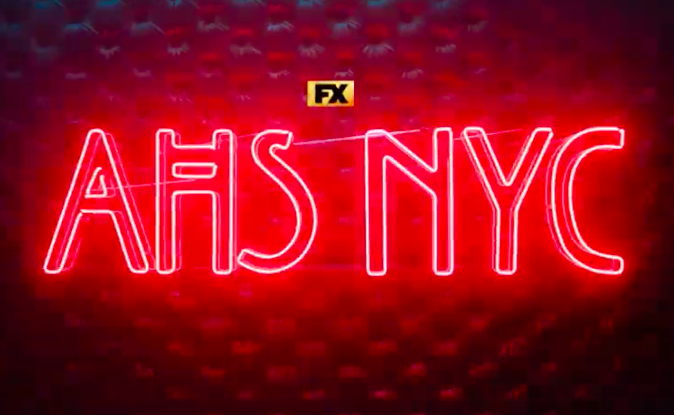‘American Horror Story: NYC’ premieres 1980s serial killer, lacks representation, nuance
October 23, 2022
The 11th season of “American Horror Story,” created by Ryan Murphy and Brad Falchuk, premiered its first two episodes on Oct. 19. Set in a 1980s New York City approaching the height of the AIDs epidemic, “AHS: NYC,” follows the deaths and disappearances of gay men at the hands of a serial killer lurking amongst the city’s gay clubs and leather bars. Difficulties arise when only one reporter and a reluctant cop seem invested in investigating the murders.
So far, “AHS: NYC” feels disconnected from the former installments. For example, it’s absent of series giants such as Sarah Paulson, Angela Bassett, Angelica Ross and Kathy Bates. While the cast finds familiar faces in the likes of Denis O’Hare, Leslie Grossman, Zachary Quinto, Patti LuPone and more, the newcomers’ emergence into the horror franchise bears a less than impressive weight made heavy by a lack of representation and nuance.
AHS newcomers Joe Mantello and Russell Tovey play the season’s main characters. Mantello portrays Gino Barelli, a reporter for ‘The Native’ and boyfriend to Tovey’s character, Patrick Read — a closeted cop who claims to want to find the killer, but continues to remain complicit in his police department’s ineptness. The show directly acknowledges Read’s biased view as a white man only coming to terms with police violence because it now affects him, yet continues to center him as one of the main protagonists deserving of the audience’s sympathy — a choice which lacks the intersectionality needed to tackle issues impacting people on the basis of race, gender and sexuality all at once.
The choice to center Barelli and Read in a season about violence against gay men nearing the height of the AIDs epidemic goes to show a common problem in most of Ryan Murphy’s projects: he often puts white characters in the spotlight as leads, placing Black and brown characters in supporting and side character roles. In this way, “AHS: NYC” takes a prominent step back from series like “Pose,” a previous Murphy production which, although not horror, took place in NYC during the height of AIDs and centered on the Black and brown queer and transgender community — communities most affected by AIDS and police violence.
Despite its major problems, the various actors and actresses — from Mantello to Grossman, Quinto to Isaac Powell — merge drama, dark comedy and suspense in fairly good performances, transporting audiences to the streets and sounds of the 1980s, with the first two episodes warning of something dangerous. However, if the season fails to fix what it already lacks, it seems the real danger may lie in viewers deciding to skip “AHS: NYC” in all of its leather and lace.
2 leather jackets out of 5











